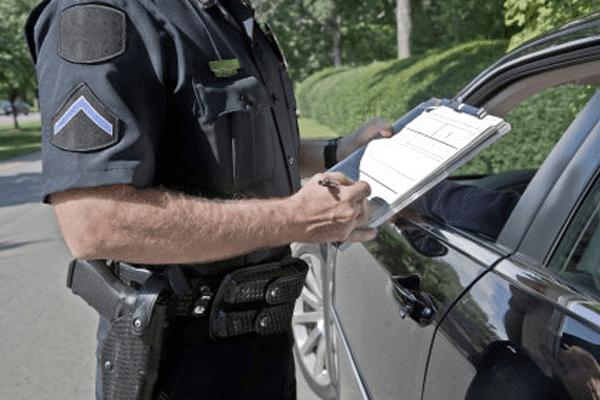How Your Fleet Can Avoid Traffic Violations
Traffic Violations: How Your Fleet Can Avoid Them
Operating a fleet of vehicles involves fuel, maintenance, repair and insurance costs. It should not have to include traffic violation costs such as speeding tickets, parking tickets or photo enforcement tickets. However, some businesses just add these unnecessary expenses as part of the cost of doing business. Other companies make the drivers responsible for any of these violation costs. What all business owners seem to agree on is that traffic violations are a burdensome and costly problem for fleet operations.
As there are more advances in traffic violation practices by law enforcement, driven by photo enforced tickets, the issue of traffic violations has become a more visible topic in the world of operating fleets. These technological advancements are making it less costly and easier for law enforcement to cite vehicles which, in turn, increases the potential amount of traffic violations a business’ fleet could receive. Using a GPS fleet management system can help businesses save money and avoid traffic violations.
When a business uses a GPS fleet management system, they can keep track of where each vehicle is at all times. Automatic alerts can be set up to notify fleet managers if their drivers are speeding or driving aggressively. These alerts can be sent to the fleet managers even when they are offline via email or SMS text messaging. Fleet managers are able to contact the driver to have them immediately correct their driving behavior avoiding an unnecessary traffic violation.
GPS fleet management systems are also helpful because reports can be created based on the drivers’ driving habits. This allows business owners and fleet managers to identify issues with specific drivers that are consistently demonstrating poor driving habits. Those drivers might need additional training or long-term corrective action.
Businesses can avoid traffic violations by establishing a safety policy, tracking drivers and taking immediate action for violations. Tracking their drivers’ behavior and identifying high-risk drivers using a GPS fleet management system are both essential to reduce the risk of traffic violations. If a driver violates the business’ safety policy, immediate action must be taken such as mandatory training. Businesses find utilizing all of the features of a GPS fleet management system and establishing a culture of safety can prevent traffic accidents, traffic violations and costly traffic violation costs.

